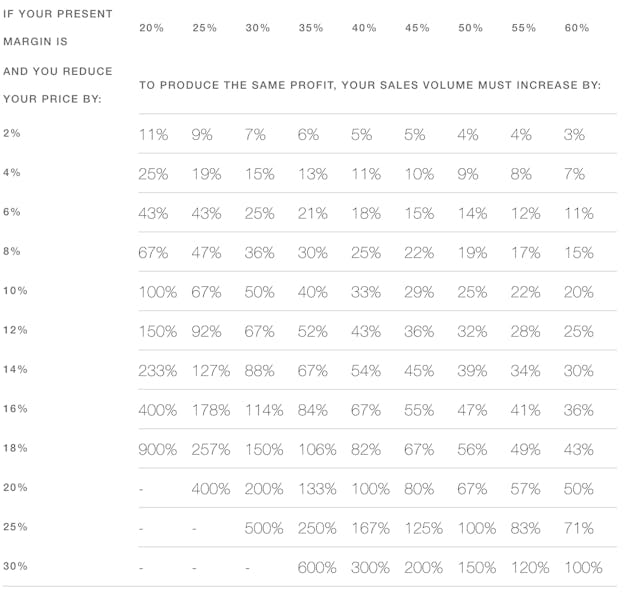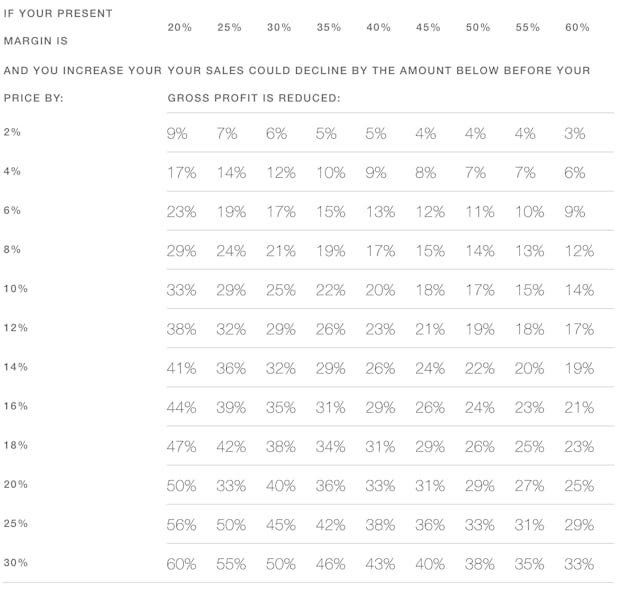Increasing Average Sale Dollar - Part 3 Using the 5% factor to make this your most profitable Christmas ever!
Posted
So you've followed part 1 and 2 of this series of blogs. You understand the 5% factor and have increased the number of customers coming to you store. What's next you ask?
The answer: To increase the average sale dollar and the number of transactions per year that each customer makes.
Today we will look at increasing the average dollar and in the next blog we will look at increasing the number of transactions.
So, let's get started.
Increase average sale dollar
- Do you want fries with that?... We've all heard it. We all know what it means. So why don't we use it. In a jewelry store there are so many add on products you can sell to your customers. Examples are insurance, jewelry cleaners, extended or lifetime warranties, yearly repair and maintenance plans, jewelry boxes or cases, gifts for the bridal party (for wedding ring purchases)... the list goes on. Here's a few things you can start doing today:
undefinedundefinedundefinedundefinedundefinedundefinedundefined - Increase prices. Ensure you are getting the correct markup on all your products. View your stock aging report and check older items are marked up based on today's value.
- Swim users, check your retail management by department and price point reports. Compare average sale in each department to average selling price of current stock. Ensure your current stock holding is similar in value to the average sale amount.
- Employ smart discounting. Don't discount when a customer will buy anyway (eg Christmas eve). Know when to use discounting and when not to. Discounting can bring new customers and sales, though used incorrectly it can seriously affect your bottom line. (see Price and Volume chart below....discount with caution)
Price and Volume Chart
Sales people in all types of industries discount. So much so that some sales people see it as a crucial part of the selling process. But if you do discount, how does it affect your bottom line?
The following table indicates the increase in sales that is required in order to compensate for a price discounting policy. By way of example, if your margin is 40% and you reduce the price by 10%, you need sales volume to increase by 33% to maintain your current profit level.

Discount with caution!
On the other hand, if you adopt a premium price strategy, the following table shows the amount by which your sales would have to decline following a price increase before your gross profit is reduced below its present level. For example, at the same 40% margin, a 10% increase in the price could sustain a 20% reduction in sales volume.

- The Swim jewelry software team.
www.onswim.com
Innovating the retail experience
support@onswim.com